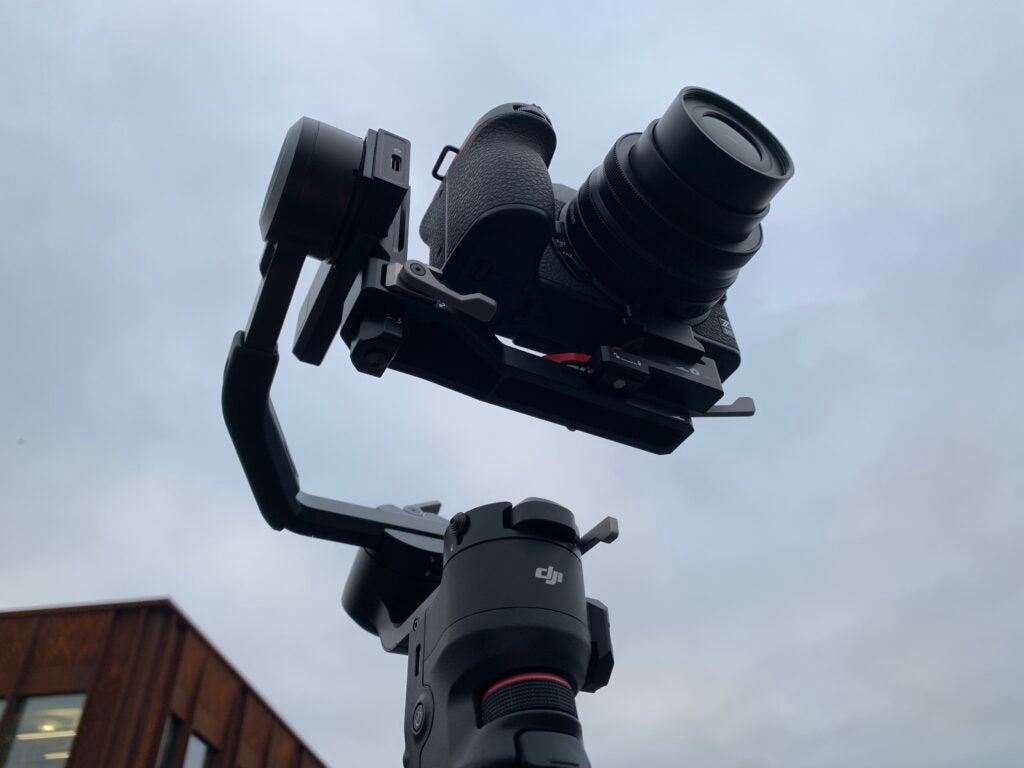If you’re thinking of picking up a new camera, you may have come across the term ‘in-body image stabilisation’ or IBIS.
Keep reading to learn everything you need to know about IBIS, including what it is, how it works and what it means for your photography.
What is in-body image stabilisation?
In-body image stabilisation is a feature added to many cameras to compensate for movement and shakiness that would otherwise cause images and video to appear blurry.
Also known as sensor shift technology, IBIS works by physically moving your camera’s sensor to make up for unwanted movement. The feature functions a bit like a small gimbal, using gyroscopes and accelerometers to detect motion and rotation and react in response to prevent shaky results.
Of course, IBIS can’t quite replace the stabilising effect offered by a tripod or a full-size camera gimbal. However, for those uninterested in carrying around an extra piece of equipment, it will go to some lengths to prevent blur in photos and videos.

IBIS is effective at a range of shutter speeds, though won’t be the best choice for the very fast or sluggishly slow.
Shooting at fast shutter speeds prompts the shutter to open and close quickly. In this instance, a small amount of shakiness isn’t likely to affect the image even without IBIS at work. Long-exposure photography, on the other hand, involves keeping the shutter open for a longer period of time and requires the stability of a tripod to get sharp results.
IBIS isn’t something that negates the need for a fast shutter speed when shooting fast-moving subjects like sports, cars and wildlife, either. In these instances, in-body image stabilisation will reduce the effects of camera blur caused by shaky hands but it won’t stop your subject from blurring as it moves through the frame. For this, you’ll need to ramp up the shutter speed.
One alternative to in-body image stabilisation is lens stabilisation, a type of stabilisation that comes built into camera lenses. Up until recently, this would be the cheaper option for manufacturers to produce, but nowadays incorporating IBIS is a small additional cost for camera companies.




